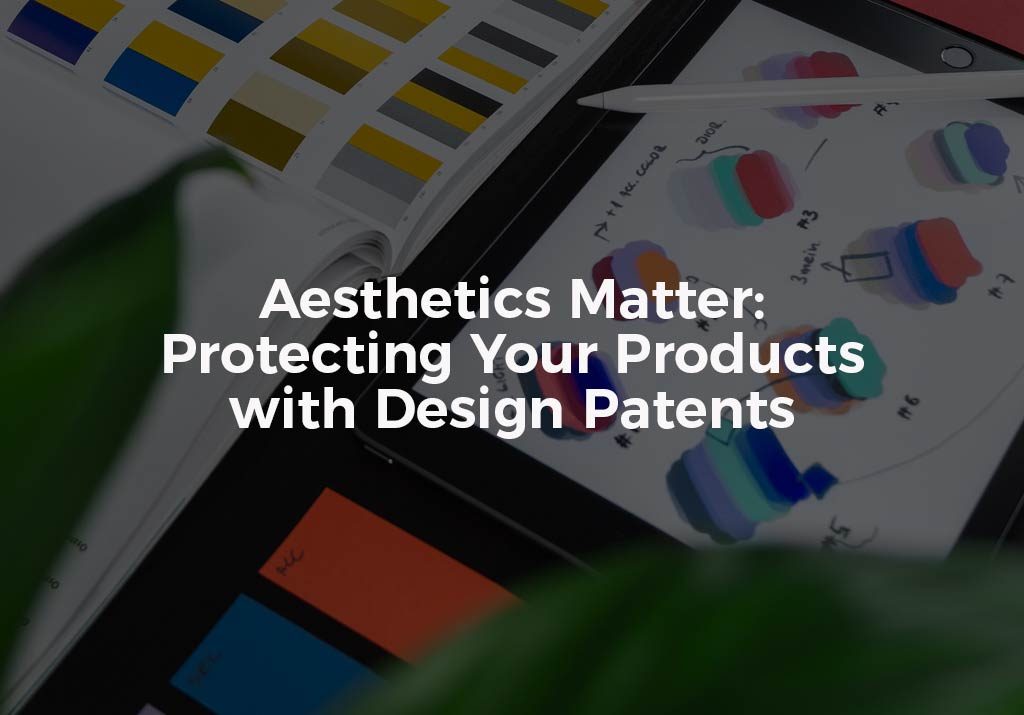Design patents tend to be one of the more overlooked patents available. While they aren’t the strongest form of protection on their own, they do provide a valuable layer of protection.
The best part is that you can obtain one rather quickly and affordably. This process for a design patent is easier than a utility patent. If you have a utility patent or plan to apply for one, then you need to consider also obtaining a design patent or two to supplement your protection.
Keep reading to learn more about design patents and how they can protect your unique product designs.
What Is a Design Patent?
In terms of patents, a “design” refers to the visual appearance of your invention or product. They rely exclusively on drawings of the appearance of the invention.
They can help businesses protect specific design features of their products. This could be the unique shape of a bottle, or maybe the specialized tread design on a pair of shoes.
How Are the Different from Utility Patents?
For the most part, it is easier to obtain a design patent than a utility patent. The application process and costs are a bit cheaper and the whole process takes about half as much time.
It is best to use these two types of patents together. This way, you protect both the functioning and looks of your invention.
Application Process
There are three requirements that you must meet for you to be successful in seeking a design patent.
- An ornamental design for a useful article of manufacture
- New and original
- Nonobvious
One thing to remember, a design patent only protects the way something looks in that specific patent. Any variation of the appearance could make it impossible for you stop knock offs. This is why filing multiple design patents is necessary to completely protect your product.
There are three ways you can protect the way your product looks. It is best to consult with a patent attorney on this. They can help guide you in determining what you can and cannot patent in terms of the looks of your product or invention. Most design patents fall into these three categories.
- Shape and proportions
- Surface ornamentation
- Combination of shape and surface ornamentation
An example of a shape and proportion design patent would be the famous Eames lounge chair. The chair’s design was useful, new, and nonobvious. The shape and proportions of the chair itself make it instantly recognizable as a chair designed by the Eames.
Keith Haring Swatch watches are a perfect example of surface ornamentation design patents. The watches physical shape and how it functions as a watch are not unique, but the decoration on them is.
Sometimes you want to protect both shape and surface ornamentation. Air Jordan sneakers are both unique in both their shape and style. By protecting both the shape and style the entire shoe is protected from knock offs.
Enforcing Your Patent
If you see someone produce a product that is substantially similar to your patent, then you have the right to legally force them to stop. The court will look at your patent and the claimed infringer. If the two are “substantially the same”, then you will win your case.
Protect the Design of Your Product or Invention
If you have a product or invention that you plan to bring to market, then you probably already know you want a utility patent. But consider getting a design patent, or multiple design patents, to protect the look of your product.
We can help you determine what patents you should apply for and help you complete those applications.
Contact us today and let us help you protect your business with a trademark.




